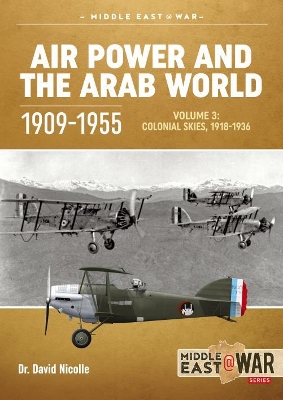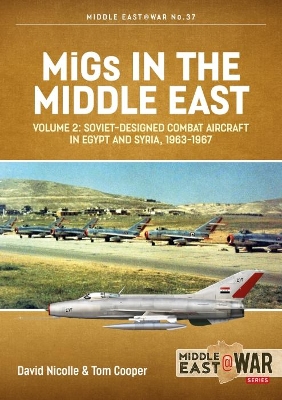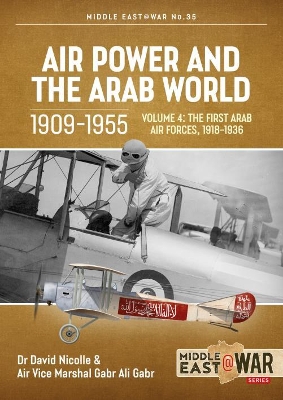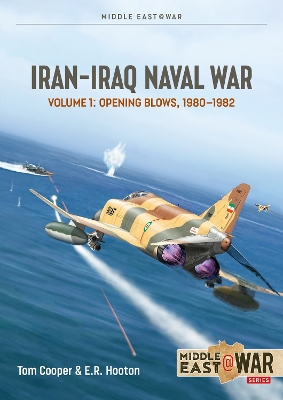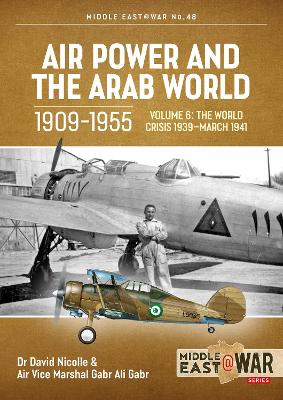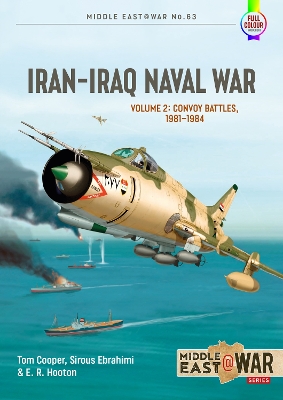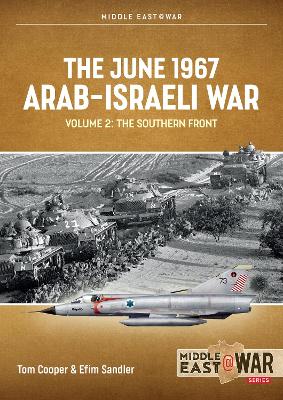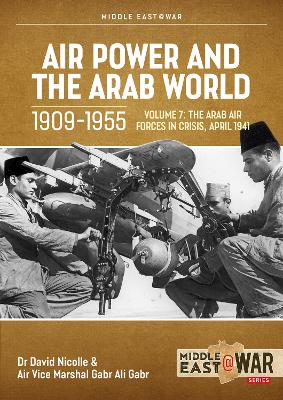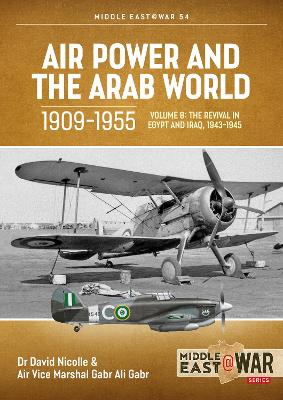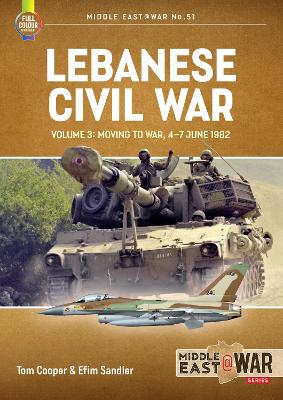Middle East@War
33 total works
A cross-examination of interviews with dozens of Egyptian participants in that conflict, contemporary reporting in the media, and also intelligence reports, offers an entirely different picture. Accordingly, for much of that war, the Israelis flew heavy air strikes on Port Said, on the northern entry to the Suez Canal. Furthermore, they repeatedly attacked two major Egyptian air bases in the Nile Delta - el-Mansourah and Tanta - in turn causing some of the biggest air battles of this war. Indeed, in Egypt, the response to these attacks reached the level of legend: the supposed repelling of an Israeli air strike on el-Mansourah, on 14 October 1973, prompted Cairo to declare not only a massive victory, but also that date for the day of its air force.
However, the actual reasons for Israeli air strikes on Port Said, el-Mansourah and Tanta remain unclear to this day: there are no Israeli publications offering a sensible explanation, and there are no Egyptian publications explaining the reasoning. Only a cross-examination of additional reporting provides a possible solution: el-Mansourah was also the base of the only Egyptian unit equipped with R-17E ballistic missiles, known as the SS-1 Scud in the West.
As of October 1973, these missiles were the only weapon in Egyptian hands capable of reaching central Israel - and that only if fired from the area around Port Said. While apparently unimportant in the overall context, this fact gains immensely in importance considering reports from the US intelligence services about the possible deployment of Soviet nuclear warheads to Egypt in October 1973.
Discussing all the available information, strategy, tactics, equipment and related combat operations of both sides, '1973: the First Nuclear War' provides an in-depth insight into the Israeli efforts to prevent the deployment of Egyptian Scud missiles - whether armed with Soviet nuclear warheads or not - in the Port Said area: an effort that dictated a lengthy segment of the application of air power during the October 1973 Arab-Israeli war, and resulted in some of the most spectacular air-to-air and air-to-ground battles of that conflict.
Illustrated by over 100 photographs, a dozen maps and 18 colour profiles, this book thus offers an entirely new thesis about crucial, but previously unknown factors that determined the flow of the aerial warfare in October 1973.
Based on decades of consistent research and newly available sources in both Arabic and various European languages, richly illustrated with a wide range of authentic photography, Volume 3 of the 'Air Power and the Arab World, 1909-1955' mini-series continues the story of the men and machines of the first half century of military aviation in the Arab World. It describes the role, organizational structure and activities of the air forces of Britain, France, Italy, and Spain which were sent to the Arab countries. It also looks at the early years of two neighbouring air forces, those of the Persian (Iranian) and Ethiopian Empires whose early emergence was viewed jealousy in some Arab capitals.
Volume 3 continues this story by describing operations of the British, French, Italian and Spanish air forces in the Arab world after the First World War, but also the emergence of the first Arab air forces in the shadow of the substantial European air force units stationed in that area.
Unsurprisingly, by the early 1970s, not only older MiG-15s and MiG-17s but also newer types like MiG-21s served in huge numbers with at least half a dozen air forces around the Middle East. They wore a wide range of very different, and often very colourful unit insignia and other markings, and were flown by many pilots who would subsequently play crucial roles in the future of their nations.##Based on original documentation and extensive interviews with veterans, and richly illustrated, MiGs in the Middle East, Volume 2 is a unique source of reference on the operational history of MiG-15, MiG-17, MiG-19 and MiG-21 fighter jets in Algeria, Egypt, Iraq, Morocco, Syria, North and South Yemen from 1967 until 1975.
The role, organisational structure and activities of the first Arab air forces are described based on decades of consistent research, newly available sources in Arabic and various European languages, and is richly illustrated with a wide range of authentic photography. These air forces ranged from dreams which never got off the ground, to small forces which existed for a limited time then virtually disappeared, to forces which started very small then grew into something more significant. Even so, the successful air forces of Iraq and Egypt would only have a localised impact within the frontiers of their own states. It was not until the next stage of the story of Air Power and the Arab World that Arab warplanes and Arab airmen would attempt to play a role on the world stage.Volume 4 of Air Power and the Arab World includes over 100 photos, 5 maps, and 12 colour profiles.
During the first year of the Iran-Iraq War, Iranian naval activity began to prove decisive for the country's ability to continue waging the war. Not only was its primary point of exporting crude oil - Khark Island - in the northern Persian Gulf, but Iran became heavily dependent on hauling reinforcements and supplies from ports in the lower and central Gulf, foremost Bandar-e Abbas and Bushehr, to the modern and huge port of Bandar-e Khomeyni in the north. This in turn prompted the Iraqis to attempt interrupting both of these flows. Iraqi deployed the full spectrum of their arsenal including the Aeorspatiale AM.39 Exocet anti-ship missile, which saw its first combat deployment at least six months before its use during the Falklands War. However, much of this story this has remained unknown beyond superficial insight into the 'Tanker War'.
The first part of Volume 1 of this mini-series concentrates on providing the background and context of the conflict, and of the naval capabilities of the two belligerents: through a detailed study of both navies, but also the two air forces. It provides a precise analysis of their capabilities and intentions, and sets the scene for the naval warfare of the following eight years.
The second part covers the first months of the war, including the famous air and naval Operation Morvarid, undertaken with the aim of destroying the two primary Iraqi oil-loading terminals in the northern Persian Gulf.
Based on extensive first research with help of previously unavailable documentation and interviews with veterans, and richly illustrated, this volume provides unique insights into modern-day naval warfare, including many lessons-learned still valid in the present day.
Air Power and the Arab World 1909-1955 Volume 6
by David Nicolle, Air Vice Marshal Gabr Ali Gabr, and Tom Cooper
Iran Iraq Naval War Volume 2
by Tom Cooper, E.R. Hooton, Farzin Nadimi, and Milos Sipos
Air Power and Arab World 1909-1955
by David Nicolle and Air Vice Marshal Gabr Ali Gabr
Air Power and Arab World 1909-1955
by David Nicolle and Air Vice Marshal Gabr Ali Gabr

